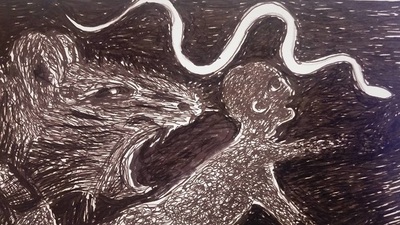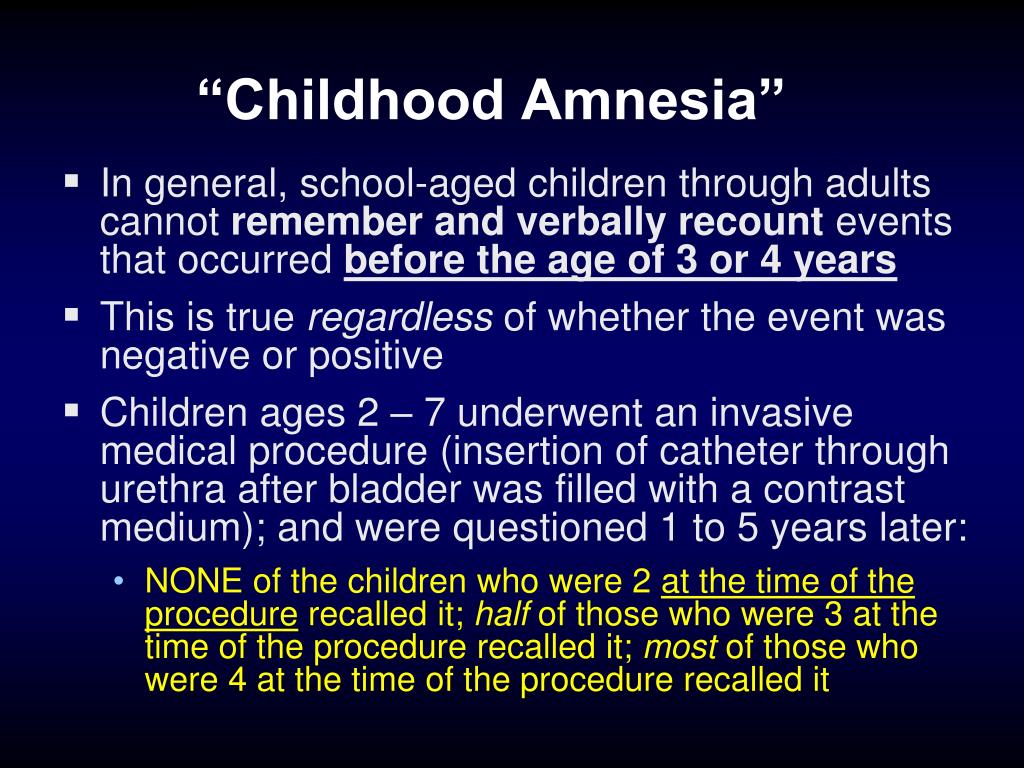
Consistent handers who read the story in a narrower column width showed poorer recall than both inconsistent handers and consistent handers who read the story in the wider text column. We found a handedness by text width interaction. We later asked participants to/home/pms answer 20 questions about the story and measured their memory performance by both their percentage of correct answers and by their correct answers adjusted for a guessing tendency.

We presented participants, divided by hand-edness consistency and gender, with a story about a fictional island in which the lines of text were either $28 or $120 characters wide. We manipulated text column width in order to test whether induced eye movements and resultant right hemisphere activations would lead consistent handed (versus inconsistent handed) readers to experience encoding disruptions and poorer recall of the written passage.

We sought to better understand how this research might be applied to recalling written text presented in ways that differentially affected eye movements. Performing bilateral saccadic eye-movements has enhanced subsequent verbal recall among consistent handers (people who use their dominant hands for virtually all tasks) but not inconsistent handers (people who use their non-dominant hands for some tasks) but eye-movements prior to encoding have disrupted recall in consistent handers. Findings are discussed from both a cognitive and neuropsychological perspective, in terms of their potential functional and neural underpinnings. Results revealed that saccadic horizontal eye movements enhanced performance in only the conceptual explicit condition, indicating that Saccade-Induced Retrieval Enhancement is a joint function of conceptual and explicit retrieval mechanisms. Just prior to retrieval, participants were required to engage in 30 s of bilateral vs. Perceptual tests comprised of word-fragments with either explicit instructions to complete these with study items (word-fragment-cued recall), or implicit instructions to complete each fragment with the first word that simply ‘popped to mind’ (word-fragment completion). Conceptual tests comprised category labels with either explicit instructions to recall corresponding examples from the study phase (category-cued recall), or implicit instructions to generate any corresponding examples that spontaneously came to mind (category-exemplar generation). Participants studied a list of words and were then assigned to one of four test conditions: conceptual explicit, conceptual implicit, perceptual explicit, or perceptual implicit. The effects of saccadic horizontal (bilateral) eye movements upon tests of both conceptual and perceptual forms of explicit and implicit memory were investigated.

CHILDHOOD AMNESIA FREE
However, a recent paper did not find evidence that eye movements could increase memory on a test of free recall (Matzke et al., 2015). Later research has replicated this effect and extended it to various forms of explicit memory, including: the recall of one's earliest childhood memories (Christman, Propper, & Brown, 2006), associative and contextual information (Parker, Relph, & Dagnall, 2008), landmark shape and location information (Brunye, Mahoney, Augustyn, & Taylor, 2009), true memory in children, visual scenes (Lyle & Jacobs, 2010 Parker, Buckley, & Dagnall, 2009), core components of autobiographical memory (Parker & Dagnall, 2010), episodic autobiographical memory fluency (Parker, Parkin, & Dagnall, 2013), specificity of episodic cognition (Parker, Parkin, & Dagnall, 2017), face memory (Lyle & Orsborn, 2011), the recall of neutral and emotive words (Nieuwenhuis et al., 2013 Phaf, 2017 Samara, Elzinga, Slagter, & Nieuwenhuis, 2011), and the reduction of both false recall and recognition of non-presented word associates (Christman, Propper, & Dion, 2004 Lyle, Logan, & Roediger, 2008. For example, in one of the first published studies, Christman, Garvey, Propper, and Phaneuf (2003) found that 30 s of saccadic horizontal eye movements (induced by following a dot flashing from side-to-side on a screen) improved recognition accuracy for earlier presented words.


 0 kommentar(er)
0 kommentar(er)
